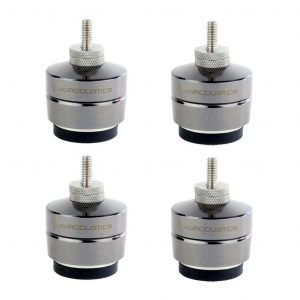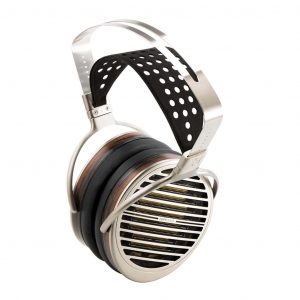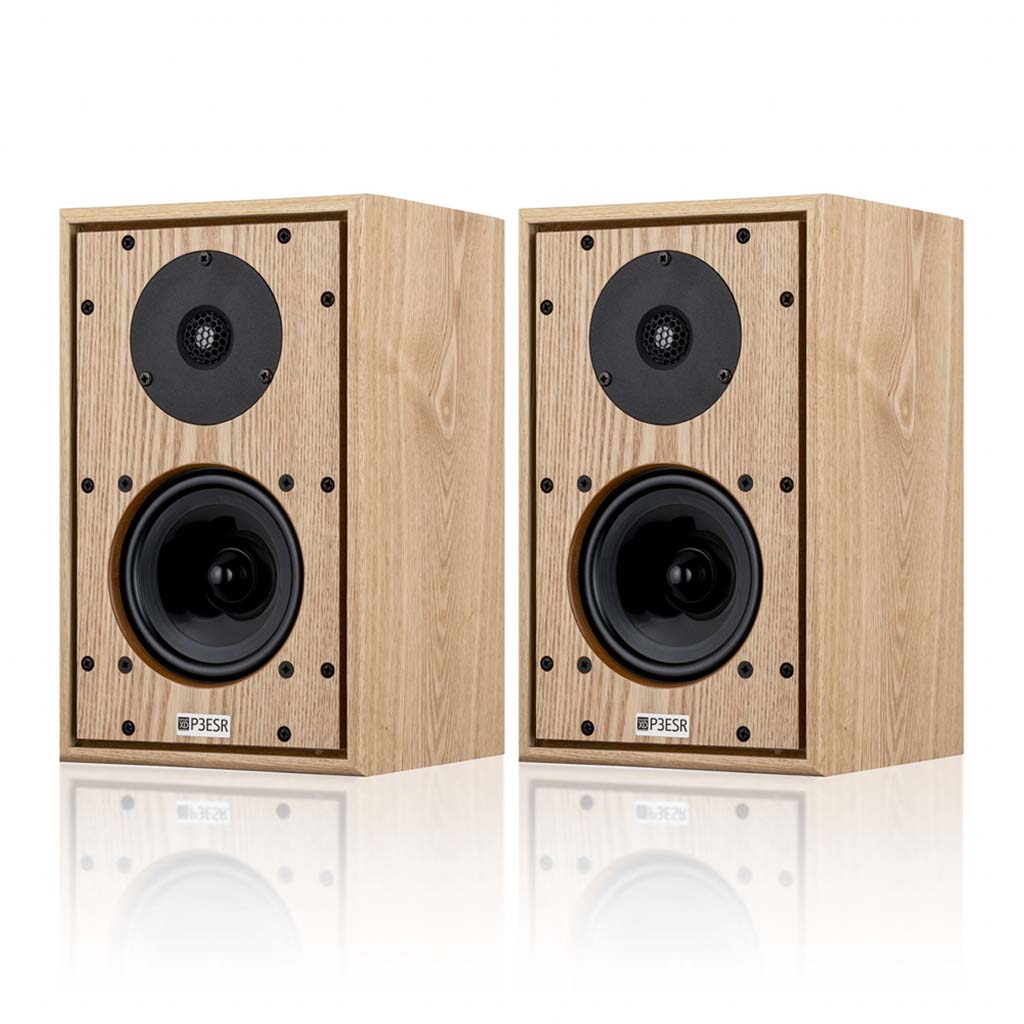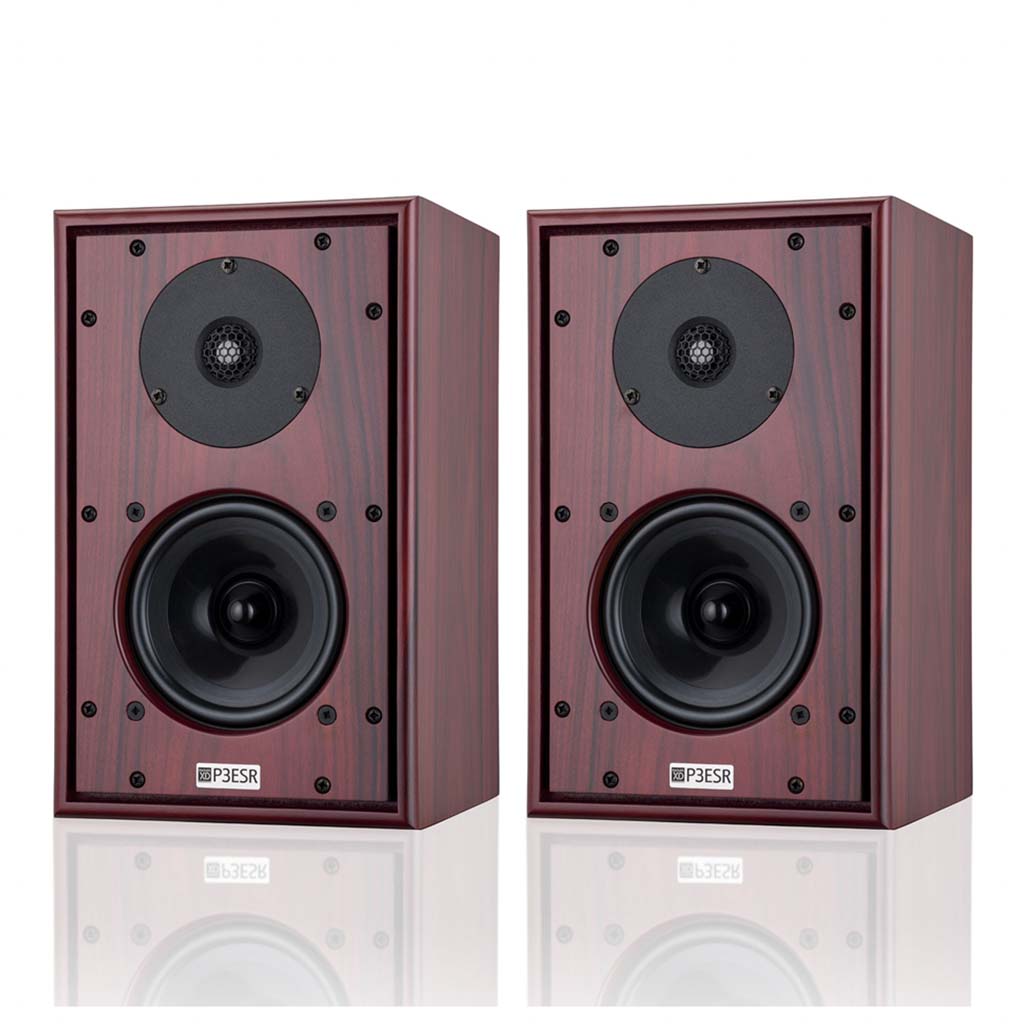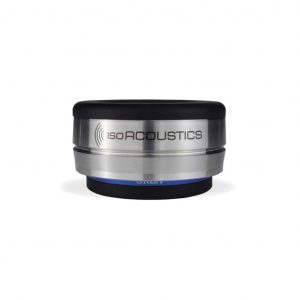Low-Z Power | Noise-Dissipation System
Redefining the Science of Power conditioning.
Overview
The science of AC power delivery is not a simple one; it demands focus, and the devil is in the details. In fact, the great increase in airborne and AC-line-transmitted radio signals, combined with overtaxed utility lines and the ever-increasing demands from high-definition audio/video components, has rendered our utilities’ AC power a somewhat antiquated technology.
Where Alternating Current (AC) is concerned, we’re relying on a century-old technology created for incandescent lights and electric motors—technology that was certainly never meant to power the sophisticated analog and digital circuits used in today’s premium audio/video systems. To properly accommodate the promise of today’s ever-increasing bandwidth and dynamic range, we must achieve extraordinarily low noise across a very wide range of frequencies.
Further, today’s power amplifiers are being taxed for instantaneous peak-current demand, even when they’re driven at modest volumes. Although we have seen a substantial increase in dynamics from much of our audio software, the loudspeakers we employ to reproduce them are often no more efficient than they were two to four decades ago. This places great demands on an amplifier’s power supply, as well as the source AC power supplying it.
Our systems’ sensitive components need better alternating current—a fact that has resulted in a host of AC power conditioning, isolation transformer, regeneration amplifier, and battery back-up system topologies. Through differential sample tests and spectrum analysis, it can be proven that up to a third of a high-resolution (low-level) audio signal can be lost, masked, or highly distorted by the vast levels of noise riding along the AC power lines that feed our components. This noise couples into the signal circuitry as current noise and through AC ground, permanently distorting and/or masking the source signal.
Given that the stakes are so high, all sincere attempts to solve this problem must be applauded.
Once the audio/video signal is gone, it’s gone forever…
For AudioQuest, honoring the source is never a matter of simply using premium “audiophile-grade parts” or relying on a proprietary technology—common approaches within our community. For years, we have all been witness to the same, seemingly endless audiophile debates: valves versus transistors; analog versus digital; can cables really make a difference?; and on and on. While we, too, can brag about our many unique technologies, we realize that true audio/video optimization is never a matter of any one secret or exotic circuit. When it comes to noise filtering for AC power, many approaches can yield meaningful results. However, these approaches may also impart ringing, current compression, and non-linear distortions that can render the cure worse than the disease!
The Niagara 5000 features our patented AC Ground-Noise Dissipation, the widest bandwidth-linearized AC filter in the industry, and our unique passive/active Transient Power Correction Circuit. Boasting an instantaneous current reservoir of over 90 amps peak, the Niagara 5000 is specifically designed for today’s current-starved power amplifiers. Many AC power products featuring “high-current outlets” merely minimize current compression; the Niagara 5000 corrects it.
Though it’s easy to tout a given technology, it’s quite another thing to create a solution that is consistent, holistic, functional, and that honors verifiable science. It’s not enough to reduce AC line noise and its associated distortions at just one octave, thus leaving vulnerable the adjacent octaves and octave partials to noise, resonant peaking, or insufficient noise reduction. Consistency is key. We should never accept superior resolution in one octave, only to suffer from masking effects a half-octave away and ringing artifacts two octaves from there. This is the principal criterion for AudioQuest’s Low-Z Power Noise-Dissipation System.
The Niagara 5000 represents over 20 years of exhaustive research and proven AC power products designed for audiophiles, broadcast engineers, and professional-audio applications. Every conceivable detail has been addressed: In the Niagara 5000, you’ll find optimized radio-frequency lead directionality, capacitor run-in forming technologies developed by Jet Propulsion Laboratories and NASA, and AC inlet and outlet contacts with heavy silver plating over extreme-purity copper, assuring the tightest grip possible.
A great system is built from a solid foundation, and that foundation starts with power. With an AudioQuest Niagara 5000, you’ll experience for the first time the clarity, dimensionality, frequency extension, dynamic contrast, and grip your system has always been capable of delivering—if only the power had been right!
We welcome you to experience the Niagara 5000 and hear firsthand the remarkable results of highly optimized power management: startlingly deep silences, stunning dynamic freedom, outstanding retrieval of ambience cues, and gorgeous delineation of instruments and musicians in space. Once you’ve experienced it, it may seem so elegant, so logical, and so obvious that you find yourself wondering why it hadn’t been done before.
Common-Mode Noise Dissipation: In excess of 30dB from 20kHz to 100MHz, linearized for dynamic (rising) line impedance with frequency (source) and 10 to 50 ohm load, system current dependent.
NIAGARA 5000 SURGE SUPPRESSION:
Surge Suppression: Non-sacrificial (nothing to damage with repeated 6000V/3000A input surge tests, which is the maximum that can survive through a building’s AC electrical panel).
NIAGARA 5000 EXTREME VOLTAGE SHUTDOWN:
Extreme Voltage Shutdown Voltage: 140VAC (will activate the main high-current relay to open within less than 0.25 second; automatically resets once the incoming power is within a safe range).
- Level-X Ultra-Linear Noise-Dissipation Technology: More than 23 octaves differential-mode filtering (3kHz–1GHz in excess of 24dB reduction) and 16 octaves common-mode filtering (20kHz–100MHz in excess of 30dB reduction) with linear response, optimized for varying line and load impedance.
- Patented Ground-Noise Dissipation. (All outlets): 6 banks of direction-controlled ground-noise dissipation
- Non-Sacrificial Surge Protection: Withstands multiple AC surges and spikes up to 6000V/3000A without sustaining damage—sonically non-invasive
- Maximum RMS Input Current: 20 Amps (RMS)
- Outlets: Source (8); High-Current (4)
Orders ship Sunday through Friday from our offices in Dubai, UAE.
In-stock products typically ship within 48 hours and should be expected to arrive in 3-4 business days. Orders outside of the UAE should be expected to arrive in 5-7 business days.
Pre-order and backorder products will state the approximate delivery timeline beside the Add To Cart button.
If you would like to place a custom order, chat with our specialists for a guided shopping experience. Once your order has been placed, a timeline will be provided depending on your order details.
- Free delivery within the UAE
- Shipping charges will be calculated upon checkout for orders outside of the UAE (Bahrain, Oman, Kuwait, Saudi Arabia & Qatar).
- Taxes and duties are calculated according to the applicable laws of the state or country an item is shipped to and are the customer's responsibility.
For additional information on shipping and our exchange & return policy visit our help center.
Installation charges are applicable and can be paid upon delivery for our clients based in Dubai.
- Installation Charges: AED 450 Per Hour
- Speaker Cables: AED 32 Per Meter
- Trunking: AED 10 Per Meter
For clients based outside of the UAE, please contact our specialists and we will share an estimate based on your requirements.
The Niagara Series is unique in that it has both passive and active circuits, but it does not rely on any of the conventional circuits or technologies that have been used for AC power for decades. Active regeneration or battery backup seems as if it might be ideal as it’s pure DC power (direct current), and that’s what our audio and video components use to power their circuits. It’s also described to be “off the grid.” Unfortunately, to generate the AC power that the components’ power supply requires, there is an oscillation circuit that follows the battery or DC circuit and that raises the impedance, as well as limits the majority of noise reduction to the bandwidth of the active circuit/amplifier.
Typical passive power conditioners could potentially reduce far more radio frequency and AC generated line noise, but frequently do not. They can also raise impedance in some designs, and, more often than not, both approaches tend to have non-linear (uneven) noise filtering response. The Niagara Series features linearized noise-dissipation and proprietary circuits that aid power amplifiers rather than limit them.
More than a third of the low-level signal can be distorted, masked, or entirely lost due to the AC line noise and radio frequency induced noise coupling into the audio or video systems’ sensitive circuits. AC power is a technology that is over a century old and was never intended for the high-resolution components we rely on today.
Does the Niagara’s Noise Dissipation Technology benefit video quality?
October 11, 2021
Yes, just as it benefits audio quality. The issue, however, is one of signal compression. Most of what is heard in an audio demonstration is the unearthing of the signals that are at least 60 decibels or more below 0.775V (0 VU – line level). This requires source material with dynamic range. If the track is slam-limited for an MP3 dance file, with 3dB dynamic range, the Niagara product will make a positive contribution, but it will be subtle. The same is true for video. Even in this day of High-Definition and 4K video, many signals are in fact pretty compressed. Flat screens from a satellite or cable are a poor test! Use a great projector, properly aligned, and a very high-resolution loop that can be repeated frame for frame.
The Bulletin
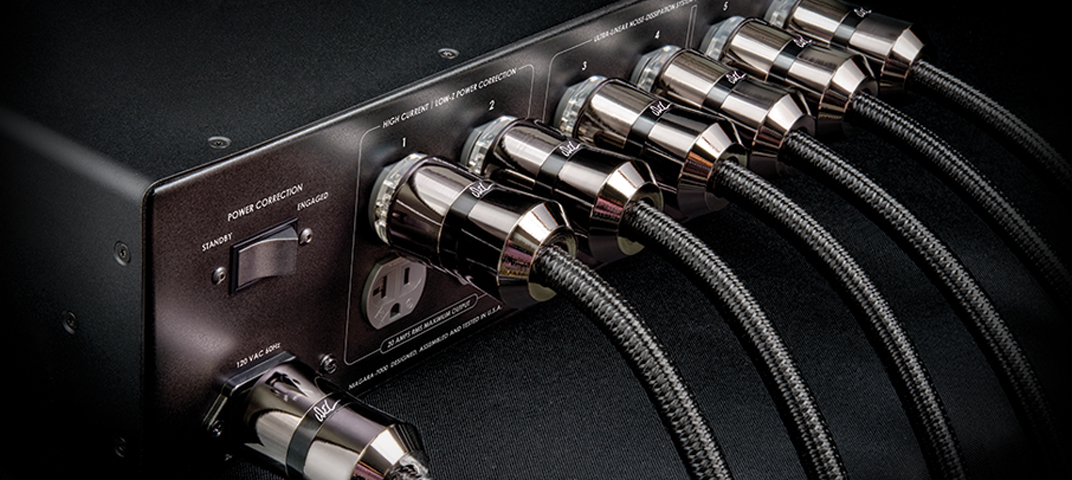
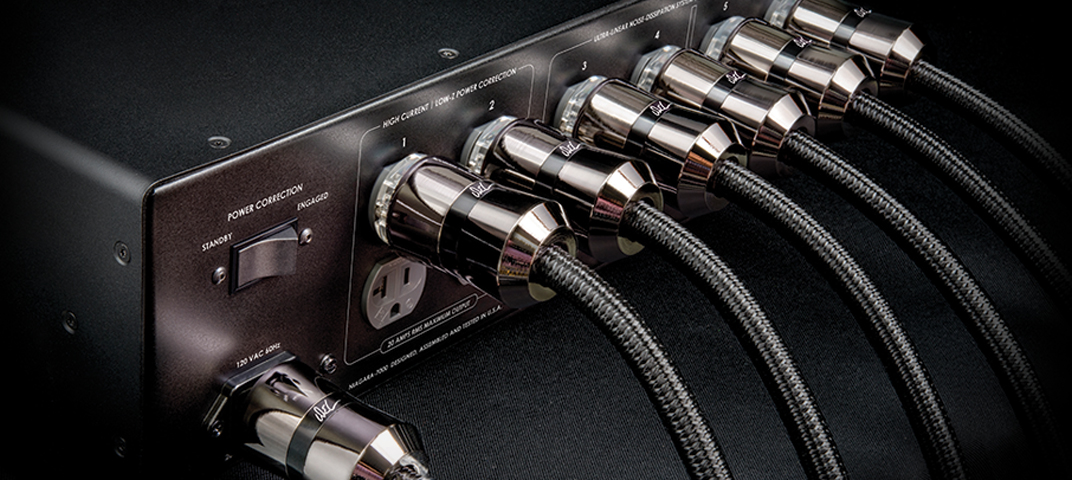
To those new to the AudioQuest wo...
Learn More


One of the original masters of So...
Learn More
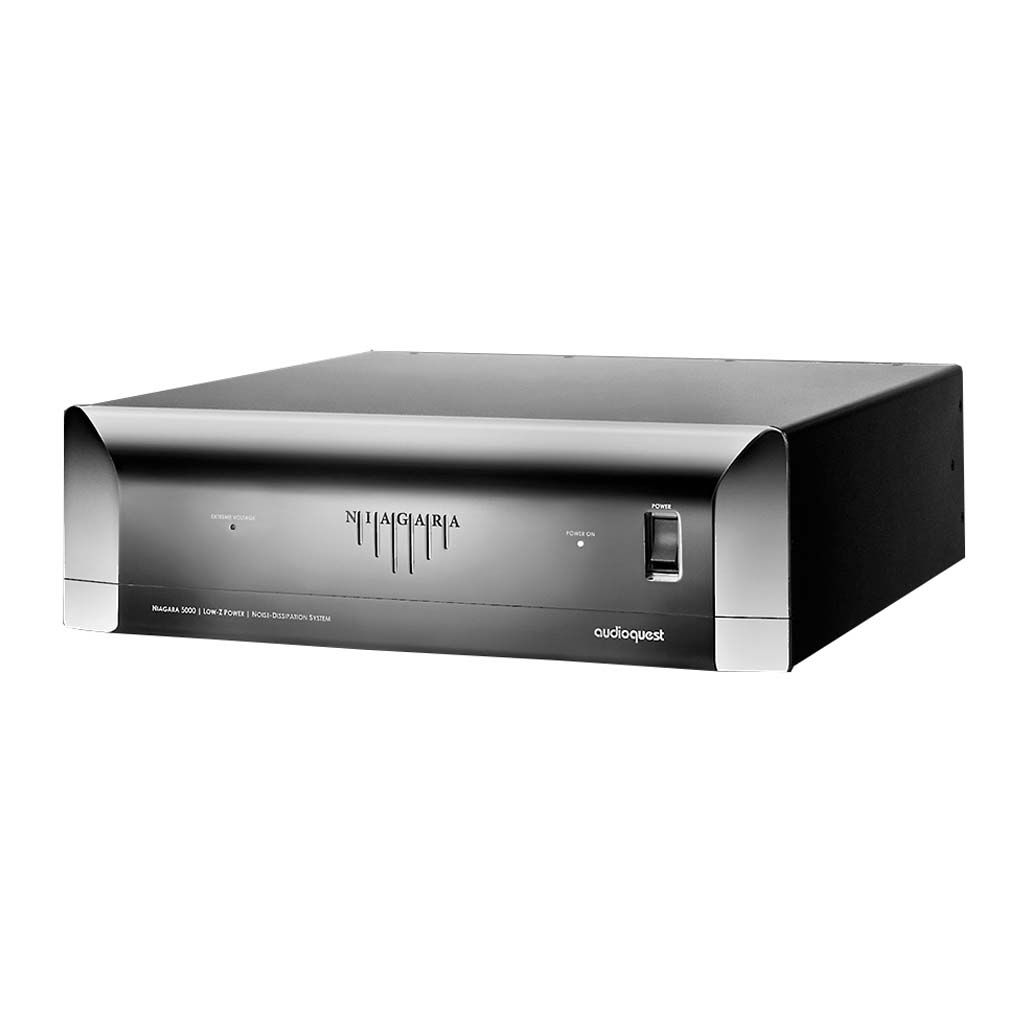

 AE
AE SA
SA  OM
OM KW
KW BH
BH QA
QA

